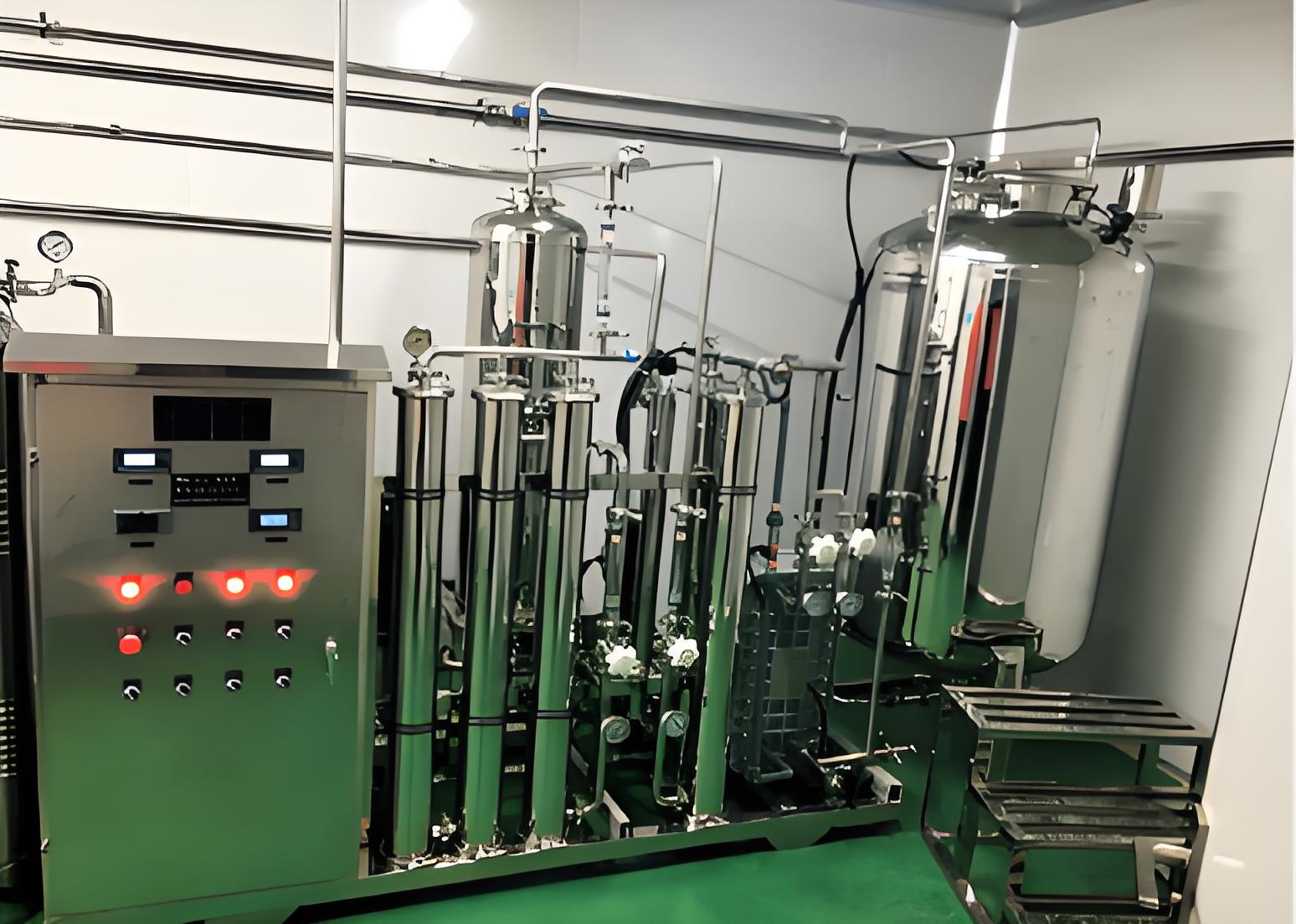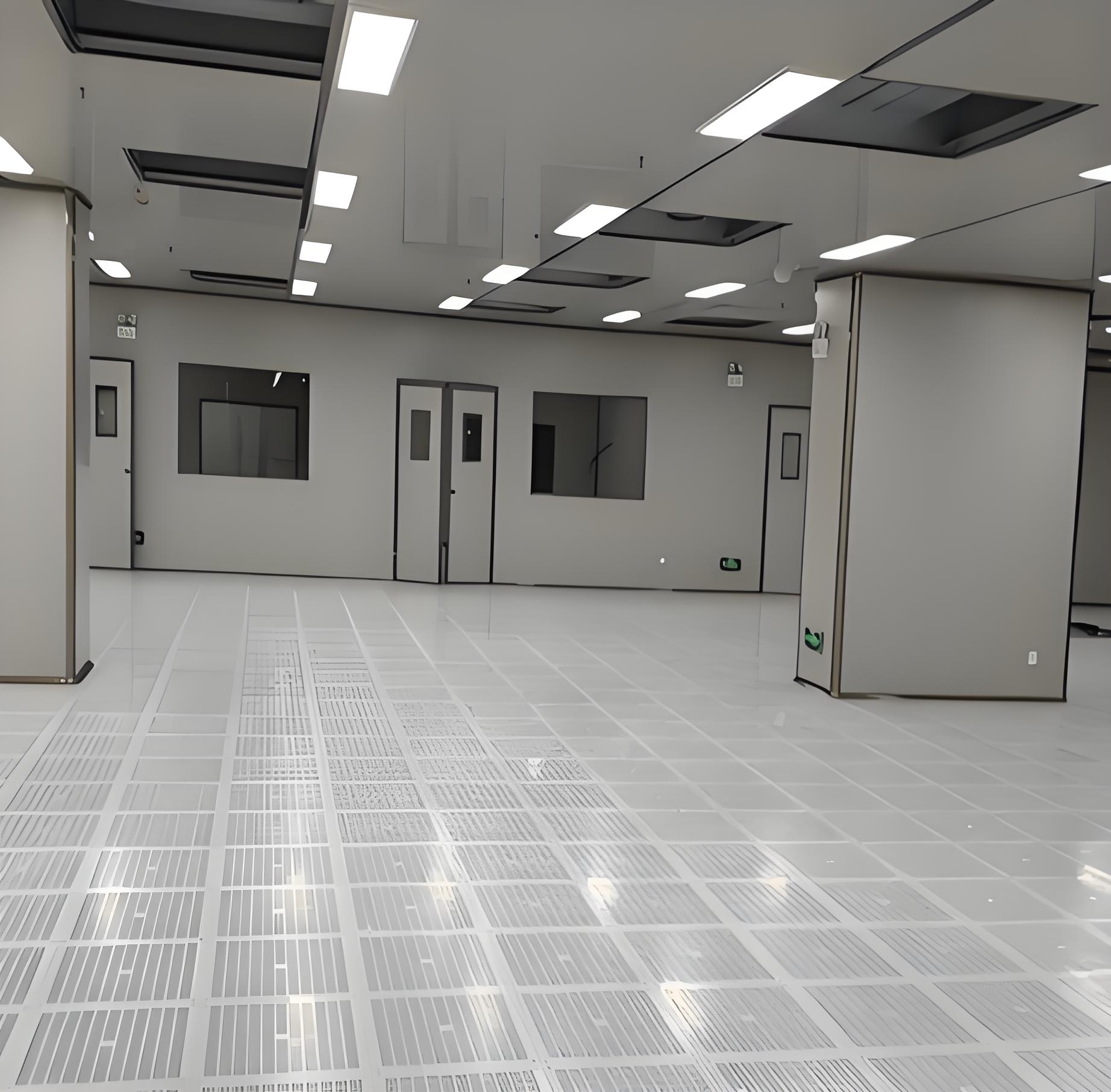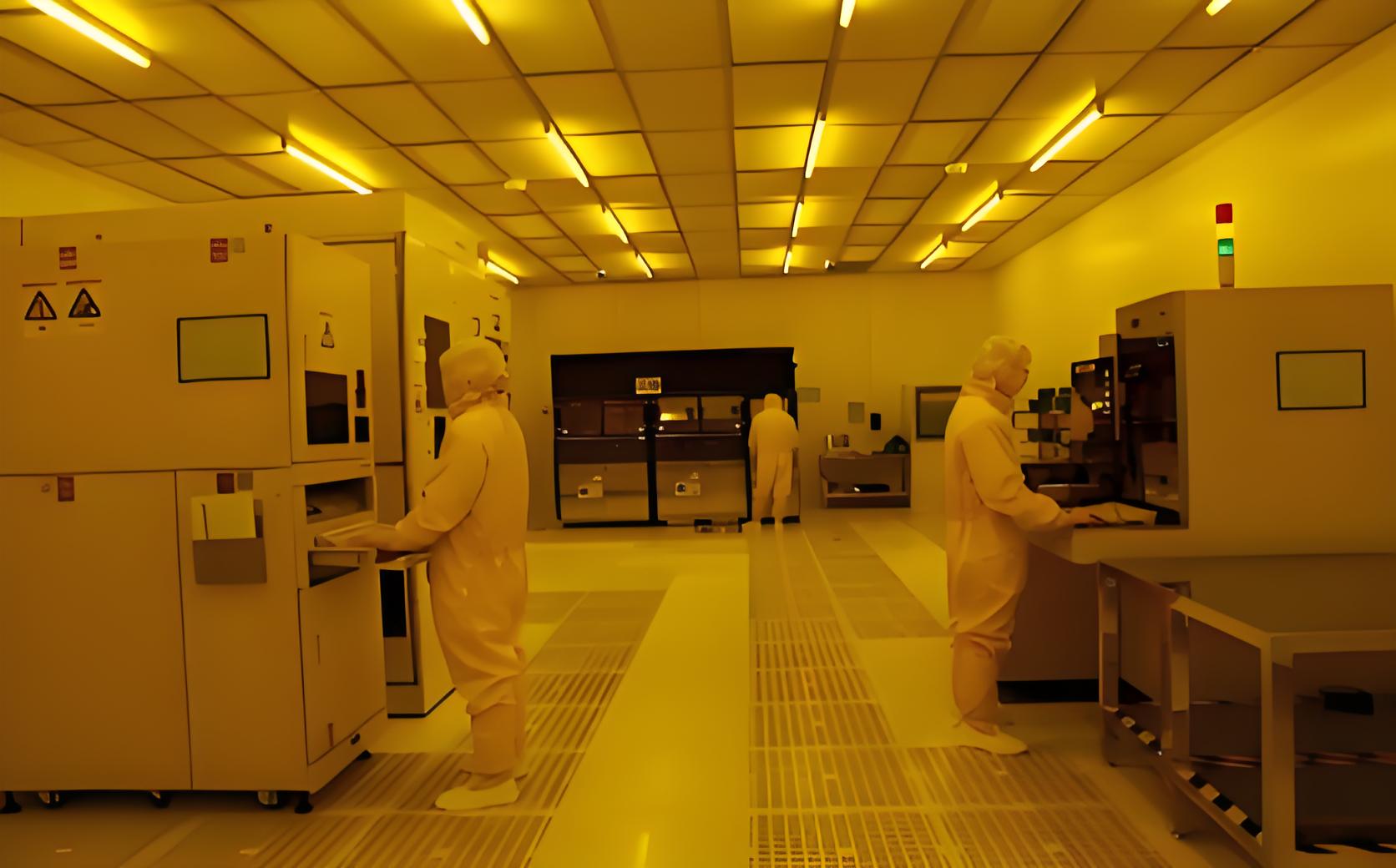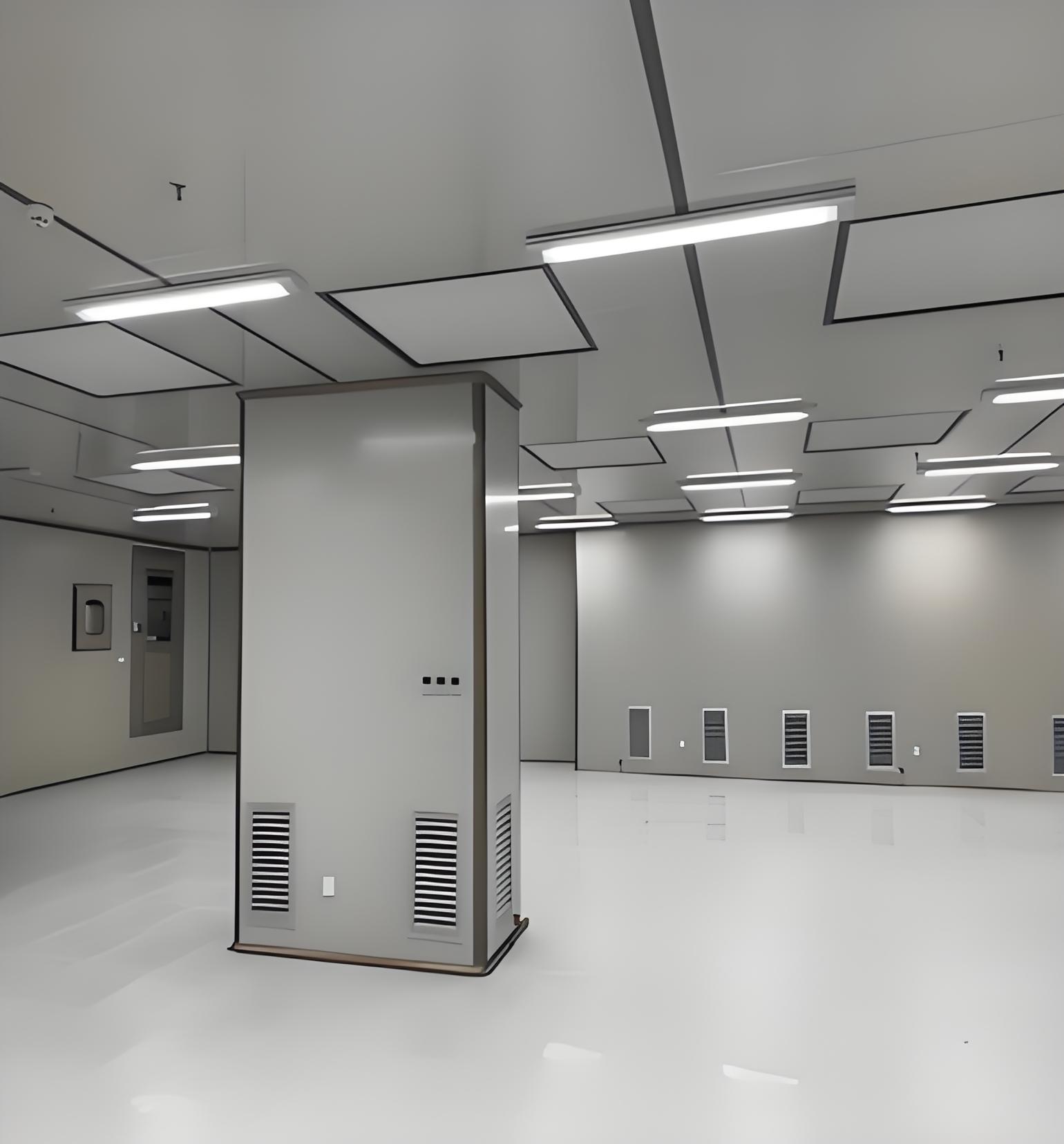




If you're planning a new cleanroom facility, you've likely encountered the critical decision of which project delivery method to use. The cleanroom design build approach has become the gold standard for projects where time, cost certainty, and technical integration are paramount. Unlike traditional methods where design and construction are separate, a cleanroom design build project unites these phases under a single contract and a collaborative team.
This integrated methodology is particularly suited for the complex demands of controlled environments in pharmaceuticals, biotechnology, microelectronics, and medical device manufacturing. In this article, we break down the five major advantages of choosing a cleanroom design build partner like TAI JIE ER, helping you understand why this method leads to faster, more efficient, and higher-performing cleanroom facilities.

Before diving into the benefits, let's clarify the model. In a traditional "design-bid-build" process, an owner hires an architectural firm to complete 100% of the designs, then puts the finalized plans out to bid for construction contractors. This sequential process often creates silos, with the builder discovering potential issues only after the designs are complete, leading to costly and time-consuming change orders.
In contrast, the cleanroom design build method is a streamlined, single-source solution. The owner partners with one entity—the cleanroom design build firm—that handles both the engineering/design and the construction from concept to certification. This fosters a collaborative environment where the project is developed with constructability, cost, and schedule in mind from the very first day. For a firm like TAI JIE ER, this means our engineers and construction managers work side-by-side throughout the entire project lifecycle.
Speed is often a critical driver in cleanroom projects, whether it's to launch a new drug product or ramp up production for a new semiconductor chip. The cleanroom design build approach significantly compresses the overall project schedule.
Concurrent Activities: While the architectural and structural designs are being finalized, the cleanroom design build team can begin procuring long-lead items like HVAC units, HEPA filters, and specialized wall panels.
Reduced Bidding Phase: Eliminating the lengthy bidding process after design completion shaves weeks or even months off the timeline.
Proactive Problem-Solving: With designers and builders collaborating in real-time, potential clashes between mechanical, electrical, and architectural elements are identified and resolved on the spot, preventing delays during construction.
For clients of TAI JIE ER, this integrated cleanroom design build process has consistently resulted in project completion that is 30% to 50% faster than traditional methods, getting their critical facilities operational and generating revenue sooner.
Budget overruns are a common nightmare in construction projects. The cleanroom design build model provides a powerful antidote to this risk. From the earliest stages, the team can provide realistic cost estimates based on integrated design and construction knowledge.
As the design evolves, the builder's expertise provides continuous cost feedback. If a particular material is too expensive or a system is complex to install, the team can collaboratively find an alternative that meets performance requirements without breaking the budget. This "value engineering" happens proactively, not as a reactive, post-design cost-cutting exercise. By the time the design is 30-40% complete, a cleanroom design build firm like TAI JIE ER can often provide a Guaranteed Maximum Price (GMP), giving owners unparalleled financial confidence and control.
In a fragmented project, when something goes wrong—be it an airflow issue, a contamination breach, or a failed validation test—the design firm and construction contractor often end up in a blame game. The owner is left in the middle, managing disputes.
The cleanroom design build model eradicates this problem. There is one contract and one point of responsibility: the cleanroom design build firm. If a problem arises during construction or commissioning, there is no question about who is accountable to fix it. This single-source accountability aligns the team's incentives with the project's ultimate success. Firms like TAI JIE ER stake their reputation on the final performance of the cleanroom, ensuring that quality is baked into every decision, from the drawing board to the final air particle count test.

Modern cleanrooms are more than just four walls and a ceiling. They are complex ecosystems integrating sophisticated HVAC systems, precision controls, utilities, process equipment, and stringent contamination control protocols. This is where the cleanroom design build approach truly shines.
The design team creates the conceptual layout, while the builders immediately advise on the practicalities of routing large ductwork, installing pipe chases, and ensuring adequate access for maintenance. This seamless integration prevents the all-too-common issue of designing a "perfect" cleanroom on paper that is impossible or prohibitively expensive to build and maintain. The collaborative nature of a cleanroom design build project ensures that the final facility is not only compliant with ISO or GMP standards but is also practical, efficient, and optimized for the end-users who will operate within it daily.
Every construction project carries risk, but the cleanroom design build method systematically mitigates the biggest ones.
Cost Risk: Mitigated through early cost modeling and GMP.
Schedule Risk: Mitigated through concurrent activities and collaborative problem-solving.
Performance Risk: Mitigated because the same team that designs the cleanroom is responsible for ensuring it passes all validation tests.
Furthermore, a cleanroom design build partner like TAI JIE ER considers the entire lifecycle of the facility. We select materials and systems not only for their upfront cost but for their durability, cleanability, and low operational maintenance. This results in a cleanroom that has lower total cost of ownership, providing value long after the construction dust has settled.
Is the Cleanroom Design-Build Approach Right for You?
While powerful, this method is most effective when there is a high level of trust and clear communication between the owner and the cleanroom design build firm. It is ideally suited for owners who want a true partner to share the project's risks and rewards, and for projects with significant technical complexity where early builder input is invaluable.
A recent client, a medical device manufacturer, needed a new ISO Class 7 cleanroom to expand production of a new surgical implant. They chose TAI JIE ER as their cleanroom design build partner. From day one, our integrated team worked with the client's process engineers to optimize the layout for workflow efficiency. During design, our construction lead identified a cost-saving opportunity by suggesting a different panel system that was easier to install and met the same performance criteria. The project was completed three weeks ahead of schedule and passed all validation tests on the first attempt, coming in 8% under the initial GMP. This is the power of the cleanroom design build methodology in action.
When embarking on a cleanroom project, the delivery method you choose will fundamentally impact its outcome. The traditional design-bid-build approach often creates hurdles, while the integrated cleanroom design build method paves a smoother path to success. With benefits ranging from accelerated timelines and cost control to single-source accountability and superior integration, it's clear why this approach is preferred for high-stakes, technically complex facilities. By partnering with an experienced cleanroom design build firm like TAI JIE ER, you gain more than a vendor; you gain a dedicated team committed to turning your vision into a fully operational, high-performance cleanroom.
Q1: How does the cost of a cleanroom design-build project compare to traditional bidding?
A1: Initially, the price might seem similar, but the cleanroom design build method often results in a lower overall total cost. By integrating cost control from the start and minimizing costly change orders, you avoid the budget overruns common in traditional projects. The early collaboration in a cleanroom design build project allows for more effective value engineering.
Q2: As the owner, do I lose control over the design in a design-build model?
A2: Absolutely not. In a well-executed cleanroom design build project, the owner is a crucial part of the collaborative team. You maintain full control over the project's scope, quality, and functional requirements. The difference is that you have expert partners in TAI JIE ER providing real-time feedback on how your decisions impact cost, schedule, and constructability, leading to a more informed and better final design.
Q3: Can the design-build method handle highly complex cleanrooms, like those for sterile fill-finish?
A3: Yes, in fact, it is highly recommended for such complex applications. The tight integration of complex systems—HVAC, controls, utilities, and process equipment—is where the cleanroom design build approach excels. The continuous collaboration between designers and builders is essential for navigating the intricate requirements of aseptic processing and ensuring GMP compliance from the ground up.
Q4: What should I look for when selecting a cleanroom design-build firm?
A4: Look for a firm with a proven track record, like TAI JIE ER. Key criteria include: in-house expertise in both engineering and construction, a portfolio of successful projects in your industry, strong references, and a collaborative company culture. Ensure they have deep knowledge of relevant standards (ISO, GMP) and a robust process for validation and commissioning.
Q5: How is the price determined if the design isn't complete?
A5: Reputable cleanroom design build firms use a phased approach. After initial conceptual design, they provide a preliminary budget. As the design develops (e.g., at 30%, 60%, and 90% completion), the price is refined based on detailed material take-offs and subcontractor quotes. This transparent process typically culminates in a Guaranteed Maximum Price (GMP) once the design is sufficiently detailed, locking in your costs well before major construction begins.